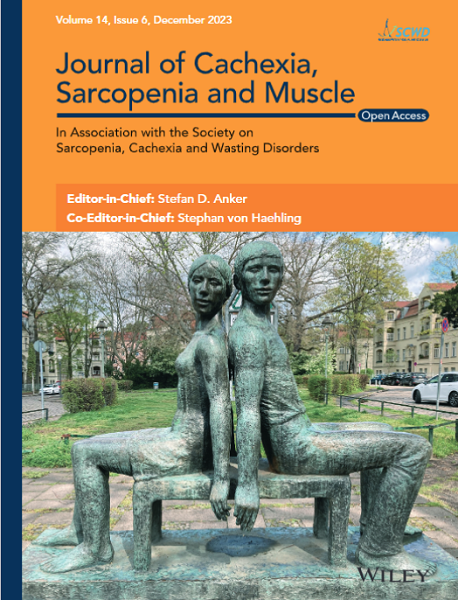Automated Classification of Neuromuscular Diseases Using Thigh Muscle MRI With Model Interpretations
Abstract
Background
Neuromuscular diseases (NMDs) are diagnosed using a combination of clinical evaluation, electromyography, nerve conduction studies, blood tests, muscle biopsy, and genetic testing. In addition, muscle magnetic resonance imaging (MRI) is used to visualise affected areas and allows the identification of fatty replacement of muscle tissue, muscle atrophy and oedema. The distinct muscle involvement patterns can be used to help in the diagnosis of NMDs. Our aim was to develop an automatic approach with interpretations that explain the model's decision to classify NMDs based on symptomatic MRI scans of the upper leg.
Methods
We used 109 Dixon muscle MRI scans of the upper legs of four different NMDs: limb–girdle muscular dystrophy type R12 (LGMDR12), Becker muscular dystrophy (BMD), myotonic dystrophy type 1 (DM1), Charcot–Marie–Tooth neuropathy type 1A (CMT1A) and healthy controls (HC). A U-Net was trained to segment all 18 muscles in the upper leg from which the fat fractions are calculated and used as input to a random forest classification model. SHapley Additive exPlanations (SHAP) are used to get an understanding of the reasoning of the model and are compared with muscle involvement patterns previously described in the medical literature.
Results
The baseline models demonstrate strong performance in distinguishing between different classes, as evidenced by an overall accuracy of 89% and high area under the receiver operating characteristic curve (AUC) values for every class: 0.972, 0.983, 0.960, 0.990 and 0.997 for respectively LGMDR12, BMD, DM1, CMT1A and HC. In addition, we demonstrated that no significant difference could be observed with models trained on features calculated from ground truth segmentations, features calculated from a limited field of view or Mercuri score features. SHAP explanations help understand the decision of the models and can be linked to muscle patterns described in the medical literature.
Conclusion
A fully automated method was developed that is effective in distinguishing between four NMDs and healthy controls.


 求助内容:
求助内容: 应助结果提醒方式:
应助结果提醒方式:


